In today’s fast-moving business environment, organisations face growing complexity: disparate applications, data silos, legacy systems, real-time demands, cloud and on-premises infrastructures, and evolving customer expectations.
Against this backdrop, TIBCO emerges as a rich integration and data platform designed to address these challenges.
In this article we will explore what TIBCO is, the key elements of its offering, why organisations use it, how it works in practice, the benefits it delivers, common use cases, and what to consider when evaluating it.
1. Defining TIBCO
TIBCO stands for The Information Bus Company and is known for its enterprise software centred around integration, messaging, event processing, data management and analytics.
The company provides a platform—commonly referred to as the TIBCO Platform—that enables organisations to connect applications, data, devices, and processes across on-premises, cloud and edge environments.
Put simply, TIBCO is a software suite and ecosystem that allows an enterprise to unify its IT landscape, deliver information in real time, and build integration-driven or event-driven systems.
1.1 Components and terminology
Key components of TIBCO include:
- Integration capabilities: connecting applications, data sources, APIs, devices.
- Event processing and messaging: enabling real-time responses to business events.
- Data grid and data management: enabling high-performance access to operational data and contextual intelligence.
- Cloud-native, hybrid platforms: supporting deployment across cloud, on-premises and edge.
- Integration platform as a service (iPaaS): e.g., TIBCO Cloud Integration supports rapid connections of cloud and on-prem systems.
1.2 A Brief History of TIBCO
TIBCO’s story begins in the mid-1990s, during a period of major transformation in enterprise IT and financial services. Businesses were starting to depend heavily on real-time information systems, yet most technologies of that era were built around batch processing and static data exchange.
The need for a faster, event-driven communication model between disparate systems became evident and this is the challenge TIBCO set out to solve.
Origins and Foundation
TIBCO, which stands for The Information Bus Company, was founded in 1997 by Vivek Ranadivé, an MIT and Harvard graduate with a deep background in computer engineering and systems design. Before TIBCO, Ranadivé had already made a name for himself with Teknekron Software Systems, a company he started in the 1980s.
Teknekron pioneered the concept of the Information Bus, a software backbone that enabled real-time communication between trading systems in financial markets.
This concept became revolutionary for Wall Street. It allowed stock exchanges, trading desks, and clearing systems to process market data in milliseconds that was far faster than traditional approaches.
When Teknekron was later acquired by Reuters, Ranadivé went on to establish TIBCO Software as a new venture, expanding this powerful real-time communication model beyond finance into multiple industries.
Growth Through the Late 1990s and 2000s
In the late 1990s, TIBCO Software gained momentum as businesses across sectors began adopting enterprise integration to link legacy systems, ERPs, and new web-based applications. The company’s flagship product, TIBCO ActiveMatrix BusinessWorks, became one of the most widely used integration tools for connecting enterprise systems without heavy custom coding.
As the internet era evolved, so did TIBCO. It expanded its offerings beyond messaging and middleware to include business process management (BPM), complex event processing (CEP), service-oriented architecture (SOA), and data analytics. These advancements allowed organizations to automate workflows, monitor operations in real time, and make data-driven decisions long before digital transformation became a mainstream buzzword.
By the early 2000s, TIBCO had established itself as a critical player in industries such as banking, telecommunications, logistics, and energy. Many Fortune 500 companies used TIBCO’s middleware to ensure reliability and speed in mission-critical systems. Its core promise remained the same: to provide the connective tissue for enterprise systems and deliver information instantly across platforms.
The Cloud and Digital Transformation Era
Entering the 2010s, TIBCO evolved its platform to meet the growing demand for cloud integration and API-led connectivity. The company launched TIBCO Cloud Integration, its Integration Platform as a Service (iPaaS), allowing businesses to integrate cloud and on-premises applications seamlessly. This was a major shift from traditional middleware to flexible, cloud-native architecture.
TIBCO also began investing heavily in data analytics and visualization with products like TIBCO Spotfire, empowering organizations to analyze, visualize, and act on their data in real time. These capabilities extended TIBCO’s value beyond integration — making it a key enabler of digital transformation, automation, and enterprise intelligence.
Strategic Acquisitions and Expansion
To stay ahead in the rapidly changing technology landscape, TIBCO made several strategic acquisitions that broadened its portfolio:
- JasperSoft (2014) – an open-source business intelligence and reporting tool, strengthening TIBCO’s analytics capabilities.
- Mashery (2015) – an API management platform that enabled enterprises to manage and secure APIs effectively.
- Statistica (2017) – a predictive analytics and machine learning platform, enhancing TIBCO’s AI and data science offerings.
- Information Builders (ibi) (2020) – a data and analytics company that reinforced TIBCO’s position as a leader in enterprise data integration and intelligence.
These acquisitions allowed TIBCO to transition from being primarily a middleware company to a comprehensive enterprise data and integration platform provider.
TIBCO Today
Today, TIBCO operates under the umbrella of Cloud Software Group, following its merger with Citrix Systems in 2022. It continues to serve as one of the leading integration and analytics platforms, empowering thousands of global enterprises to unify their applications, data, and processes in real time.
The modern TIBCO ecosystem encompasses integration, analytics, data management, and event processing — all designed to help businesses harness information from anywhere and act on it instantly. Whether it is connecting hybrid systems, processing IoT data, or enabling AI-powered analytics, TIBCO remains at the forefront of enterprise innovation.
Legacy and Impact
From its roots in financial market infrastructure to its current role as a global integration powerhouse, TIBCO has remained true to its founding vision: to enable the right information to reach the right place at the right time. Over nearly three decades, it has evolved from a niche middleware provider to a trusted enterprise technology brand synonymous with connectivity, reliability, and innovation.
2. Why Organisations Use TIBCO
When it comes to enterprise IT, the challenge is seldom only about building new applications. It is about connecting what already exists, enabling agility, dealing with data at scale, supporting real-time actions and managing complexity across global operations. TIBCO is used because it addresses these business imperatives.
2.1 Addressing integration and connectivity
Many organisations run a multitude of applications: ERP, CRM, custom systems, legacy platforms, cloud services, IoT devices. Ensuring these systems communicate, share data and act in concert is non-trivial. TIBCO’s integration capability helps bring together these disparate systems.
By enabling a unified view and smooth data flows, organisations reduce silos, duplication, delays and errors.
2.2 Enabling real-time and event-driven architecture
The competitive advantage increasingly comes from real-time insight and rapid response. Whether in banking, logistics, manufacturing, health or retail, the ability to act swiftly on data matters. TIBCO supports event processing and real-time data management, enabling organisations to detect patterns, respond to events and deliver timely value.
2.3 Supporting hybrid and cloud environments
Most enterprises today operate in hybrid settings: a mix of on-premises, cloud and edge environments. TIBCO’s modern platform is designed for this mix thus allowing deployment flexibility, unified monitoring, and the ability to evolve without ripping out everything and rebuilding.
2.4 Accelerating digital transformation
Digital transformation demands faster development, higher agility, better customer experience and smarter operations. By providing tools for integration, automation, data management and monitoring, TIBCO helps enterprises transform their IT landscape into a more responsive and business-aligned model.
2.5 Reducing operational risk and improving consistency
Automation, standardised integration patterns, real-time visibility and centralised control reduce errors, governance issues and inefficiencies in delivery and operations. This is especially relevant in large enterprises with global operations and regulated environments.
3. How TIBCO Works: Key Functional Areas
Understanding how TIBCO works in practice means looking at several functional areas and workflows.
3.1 Integration and connectivity
TIBCO’s integration capabilities are designed to connect systems, data and devices. As described:
“With the TIBCO Integration capability you can connect your diverse business solutions, data sources, and devices into a single, seamless system.”
This process generally involves:
- Identifying systems and data sources (SaaS, on-premises apps, databases, devices)
- Building connectors or using pre-built templates to interface with these sources
- Mapping and transforming data to ensure compatibility and business logic
- Orchestrating workflows and processes that span systems
- Exposing APIs or services for reuse and external integration
3.2 Event processing and messaging
Event-driven architecture is core to many modern business systems. Within TIBCO, you find messaging and event processing layers which manage real-time data flows, trigger actions and enable dynamic responses. For example:
- Detecting a business event (e.g., a threshold breach in manufacturing, a payment anomaly)
- Processing or correlating the event data pipelines
- Triggering workflows, alarms, notifications or adjusting system states
3.3 Data grid and analytic context
Beyond simple integration, TIBCO provides a data grid capability—allowing high-performance, in-memory data storage, speedy access and contextual intelligence. For example:
“The TIBCO Platform is a real-time, composable data platform that brings together an evolving set of your TIBCO solutions … into a single pane of glass.”
Organisations use this for analytical snapshots, operational dashboards, context enrichment, and enabling decisions in near-real time.
3.4 Cloud and hybrid deployment architecture
Modern TIBCO deployments emphasise flexibility. Via platforms such as TIBCO Cloud Integration, the product enables organisations to design, deploy, monitor integrations across cloud and on-premises. For example:
“TIBCO Cloud Integration is the integration platform as a service (iPaaS) … connect your critical cloud and on-premises business applications and data sources.”
Agents, cloud design components and run-time services collaborate to allow hybrid integration workflows.
3.5 Monitoring, management and observability
A key element of enterprise integration is not just building connections but managing them, monitoring performance, tracing data flows, ensuring governance and responding to issues. The TIBCO Platform includes dashboards, orchestration control, and unified monitoring across various components.
4. Benefits of Using TIBCO
Implementing TIBCO can deliver a range of benefits. While actual results vary by organisation, some core advantages frequently appear.
4.1 Improved time to market and responsiveness
By simplifying connectivity, using templates, standardising workflows and enabling automation, organisations can reduce development time, integrate new systems faster and respond to business changes more quickly.
4.2 Enhanced data quality and consistency
Integration ensures that systems share the same information, transformations apply business rules and data is managed centrally. This reduces errors, inconsistencies and the manual work often associated with disparate systems.
4.3 Real-time insight and action
With event processing and a composable data platform, organisations can surface information quickly, react to events, and shift from batch-centric to real-time models. This leads to better customer experience, faster decision-making and differentiated operations.
4.4 Operational efficiency and cost reduction
Standardised integration platforms reduce ongoing maintenance, duplication of effort, ad-hoc point-to-point integrations and the associated overhead. Automation reduces manual toil, freeing up IT to focus on value-added tasks.
4.5 Scalability, flexibility and future-proofing
Using a platform like TIBCO means investing in a foundation that supports evolving architectures: cloud, edge, microservices, event-driven systems. This flexibility helps organisations adapt without rebuilding from scratch.
4.6 Better governance, monitoring and risk mitigation
With unified monitoring, audit trails, governance frameworks and visibility into data flows, organisations manage risk more effectively..
5. Common Use Cases
To make this more concrete, here are a few typical scenarios where TIBCO is used.
5.1 Enterprise application integration (EAI)
An organisation merges a new acquisition and must integrate multiple ERP/CRM systems, reporting platforms, and legacy databases. TIBCO sits at the centre, connecting the systems, transforming data, synchronising workflows and providing unified visibility.
5.2 Real-time analytics and operational intelligence
A manufacturing plant wants to detect when sensors indicate a fault, escalate triggers, initiate workflows, and adjust production lines automatically. TIBCO’s real-time and event processing capabilities handle sensor data streams, apply rules, integrate with MES/ERP systems and feed dashboards.
5.3 Hybrid cloud and multi-cloud connectivity
A financial services firm uses cloud-based services, on-premises trading systems and edge devices. TIBCO enables secure, scalable connectivity across all environments, enabling consistent data flows and unified monitoring regardless of location.
5.4 API management and microservices integration
Many businesses use APIs to expose services externally or internally. TIBCO supports API creation, mediation, transformation, and allows microservices or aggregator services to connect without building everything from scratch.
5.5 Digital transformation and customer engagement
Retail businesses integrate in-store POS systems, e-commerce platforms, mobile applications, loyalty databases and analytics systems. TIBCO helps tie the ecosystem together, enabling unified customer profiles, real-time offers, and consistent experiences.
6. Challenges and Considerations
While TIBCO offers substantial capabilities, adopting it effectively requires attention to certain considerations.
6.1 Initial investment and complexity
Enterprise-grade integration platforms inherently require investment—both in licensing and in skilled resources. Organisations must ensure they have the right skills or partner ecosystem to implement and manage the platform.
6.2 Culture, process and governance
As with any integration initiative, success demands more than technology. Role alignment, process redesign, data governance, change management and cross-team collaboration are key enablers.
6.3 Legacy systems and data quality
If underlying systems are archaic or data quality is low, integration alone will not solve issues. Organisations may need to clean and standardise data, modernise systems or refactor workflows before full benefit is realised.
6.4 Maintenance, versioning and technical debt
Over time, integration layers can become brittle if not managed properly. Without continuous maintenance, governance and monitoring, integration platforms can turn into high-cost assets.
6.5 Choosing the right deployment model
Hybrid deployments (on-premises, cloud, edge) bring benefits but also complexity in terms of security, connectivity, latency and operational management. Organisations must plan architecture, governance, and monitoring accordingly.
7. Selecting TIBCO: Key Evaluation Criteria
If your organisation is considering TIBCO, here are key factors to evaluate:
- Cloud and hybrid readiness: Does the platform support your current and future infrastructure mix?
- Pre-built connectors and templates: Can you accelerate delivery using existing assets?
- Monitoring, governance, observability: How present are the tooling and dashboards?
- Scalability and performance: Can you meet high throughput, low latency demands?
- Skill sets and partner ecosystem: Do you have in-house talent or trusted service providers?
- Total cost of ownership and packaging: Licensing, implementation, maintenance.
- Alignment to business outcomes: How well will the platform support your strategic goals — e.g., real-time operations, improved customer experience, faster time to market.
8. Summary
In summary, TIBCO is a powerful enterprise platform for integration, data connectivity, real-time event processing and operational agility. Organisations use it because it enables connectivity across systems, supports real-time insights, allows hybrid and cloud deployments, and drives business outcomes such as faster delivery, improved data quality and greater responsiveness.
That said, success with TIBCO is not simply about installing software. It requires the right architecture, governance, processes and skill sets. For organisations planning to modernise, integrate or transform their IT landscape, a platform like TIBCO offers a foundation for long term value.
Frequently Asked Questions (FAQ)
1. What is TIBCO used for?
TIBCO is an enterprise integration and data management platform used to connect applications, systems, and data sources across an organization. It enables real-time data flow, automates processes, and allows businesses to make faster, data-driven decisions. TIBCO is widely used in industries like finance, healthcare, logistics, and retail for seamless connectivity and event-driven operations.
2. What does TIBCO stand for?
TIBCO stands for The Information Bus Company. The term originates from the concept of an “information bus,” which describes a communication backbone that connects different software systems and applications to exchange information efficiently and in real time.
3. What are the main components of the TIBCO platform?
TIBCO’s core components include:
- TIBCO BusinessWorks for application and service integration
- TIBCO EMS (Enterprise Message Service) for reliable messaging and communication
- TIBCO Cloud Integration for hybrid and cloud-based integrations
- TIBCO Spotfire for analytics and visualization
- TIBCO Flogo for lightweight integration and automation
Together, these tools support application connectivity, data integration, event processing, and analytics.
4. Why do companies choose TIBCO?
Companies choose TIBCO for its ability to handle complex, large-scale integration challenges with reliability and flexibility. It supports both cloud and on-premise systems, delivers real-time data processing, and simplifies connecting legacy and modern applications. Additionally, TIBCO’s event-driven architecture helps enterprises react instantly to data changes or operational triggers.
5. How does TIBCO support digital transformation?
TIBCO enables digital transformation by breaking down data silos and creating a connected, agile IT environment. Through integration, automation, and real-time analytics, it empowers businesses to modernize operations, enhance customer experiences, and innovate faster. Its cloud-native capabilities also help enterprises transition smoothly to hybrid and multi-cloud architectures.
6. What industries use TIBCO the most?
TIBCO is used across diverse industries, including:
- Banking and Financial Services: for real-time transactions and compliance
- Manufacturing: for supply chain automation and sensor integration
- Healthcare: for connecting patient systems and improving data visibility
- Retail and E-commerce: for omnichannel data integration
- Telecommunications: for managing network events and customer analytics
7. What are the benefits of using TIBCO?
The main benefits of using TIBCO include:
- Faster application and system integration
- Real-time event processing and analytics
- Improved operational efficiency and automation
- Enhanced scalability and flexibility
- Consistent data quality and governance across systems
These benefits help businesses become more agile and responsive in rapidly changing markets.
8. Is TIBCO suitable for small and mid-sized businesses?
Yes, while TIBCO is often used by large enterprises, its cloud offerings such as TIBCO Cloud Integration and TIBCO Flogo are scalable and cost-effective, making them suitable for small and mid-sized businesses. These solutions allow smaller companies to achieve enterprise-grade integration and automation without heavy infrastructure investment.















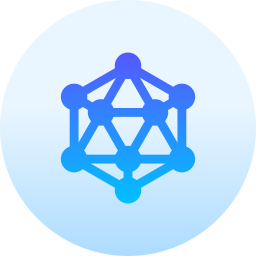
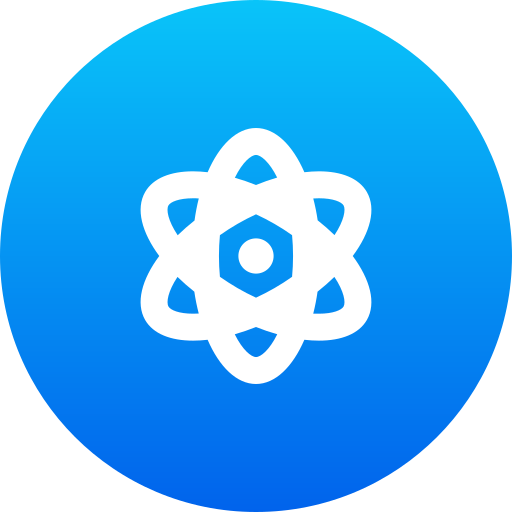


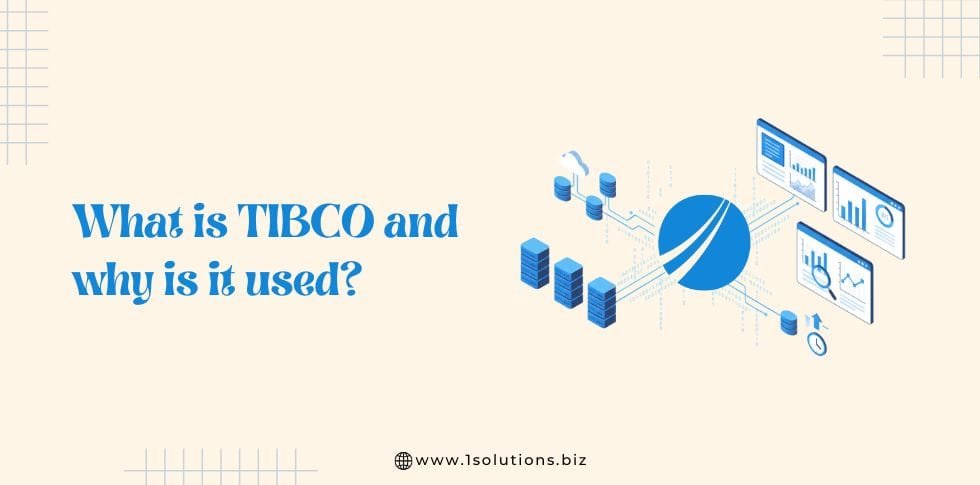
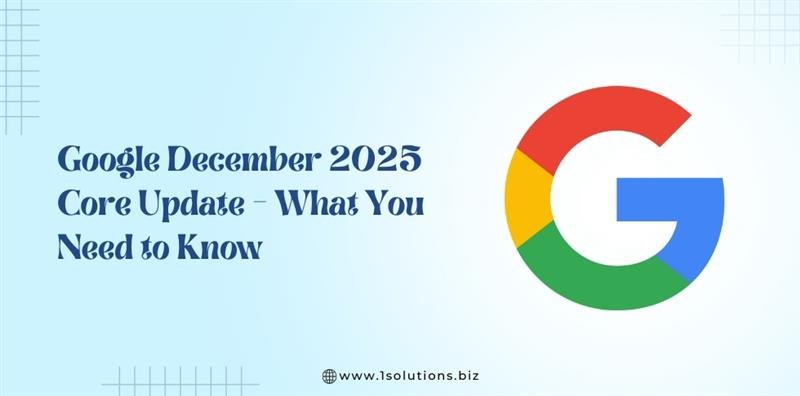
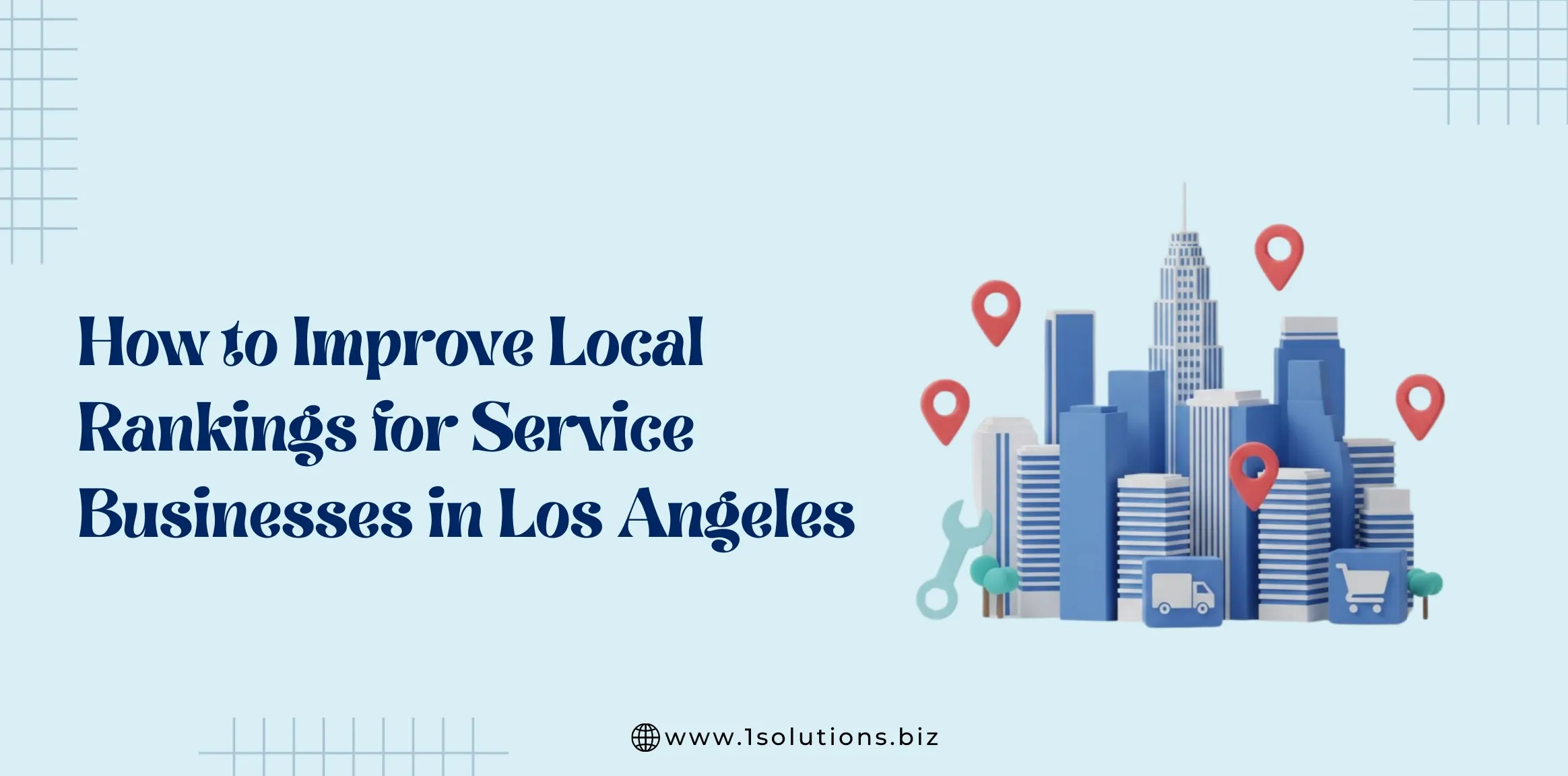
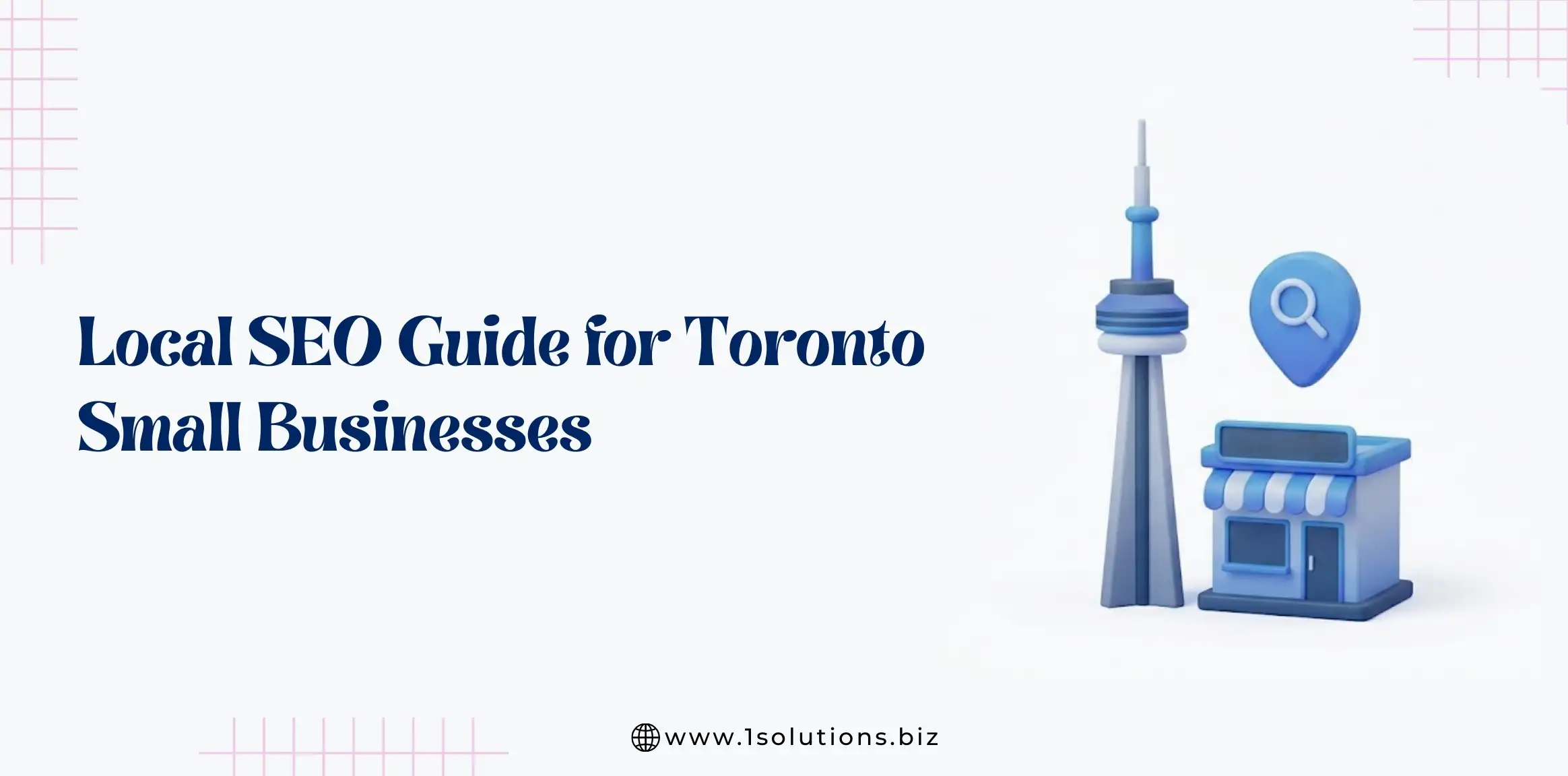
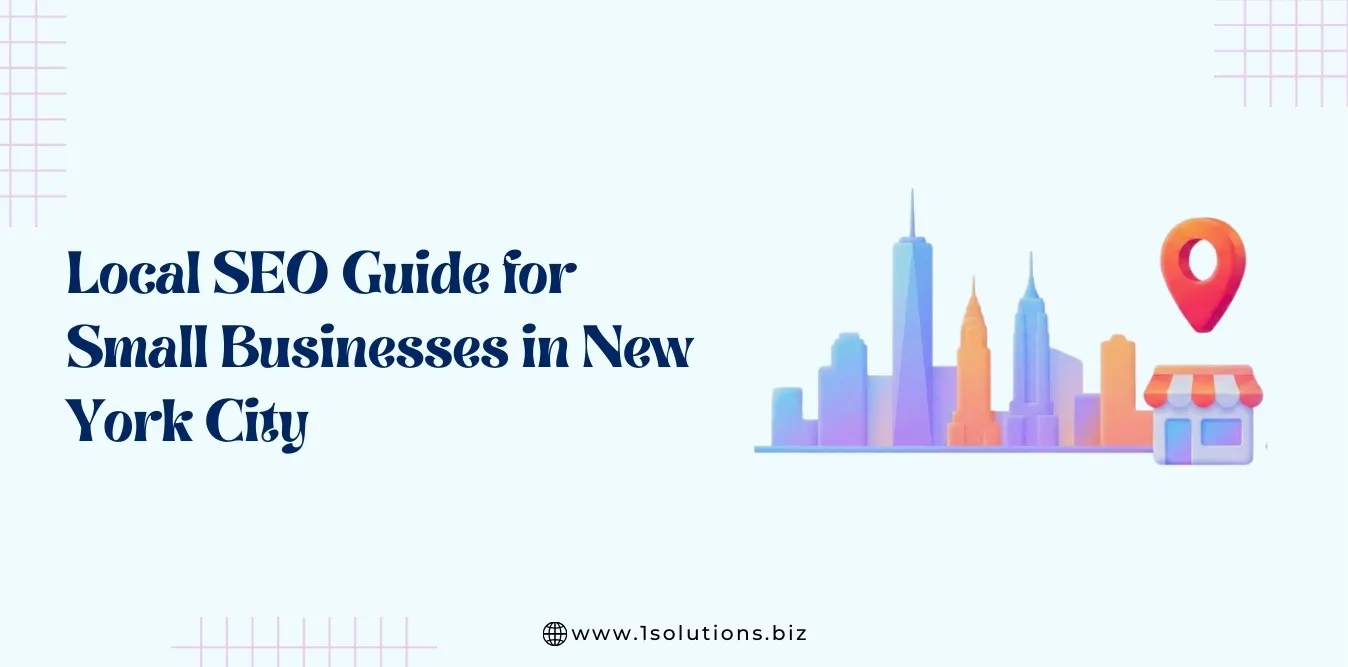

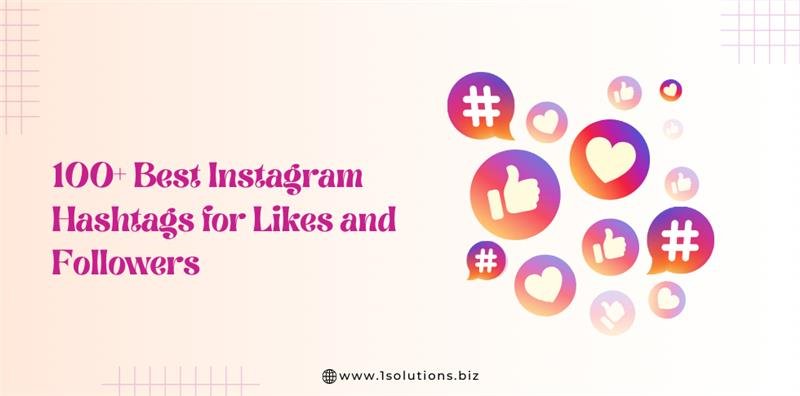
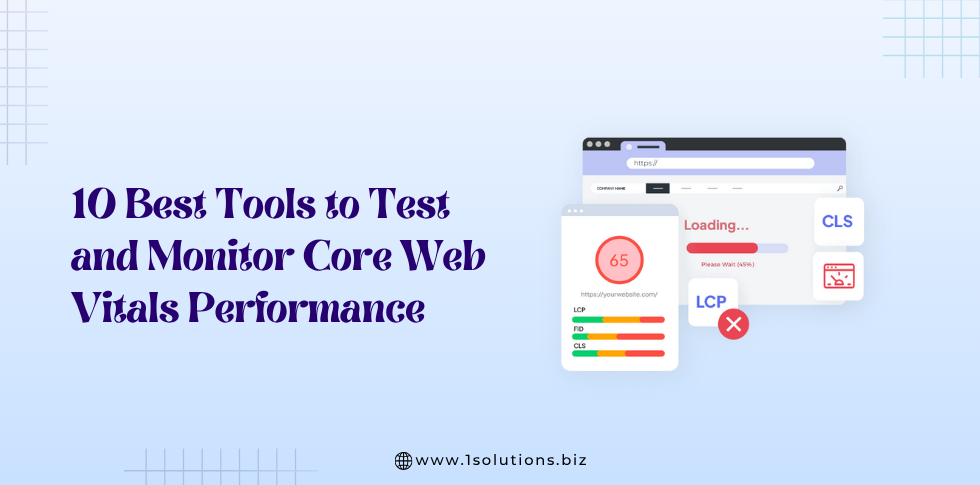




 in India
in India